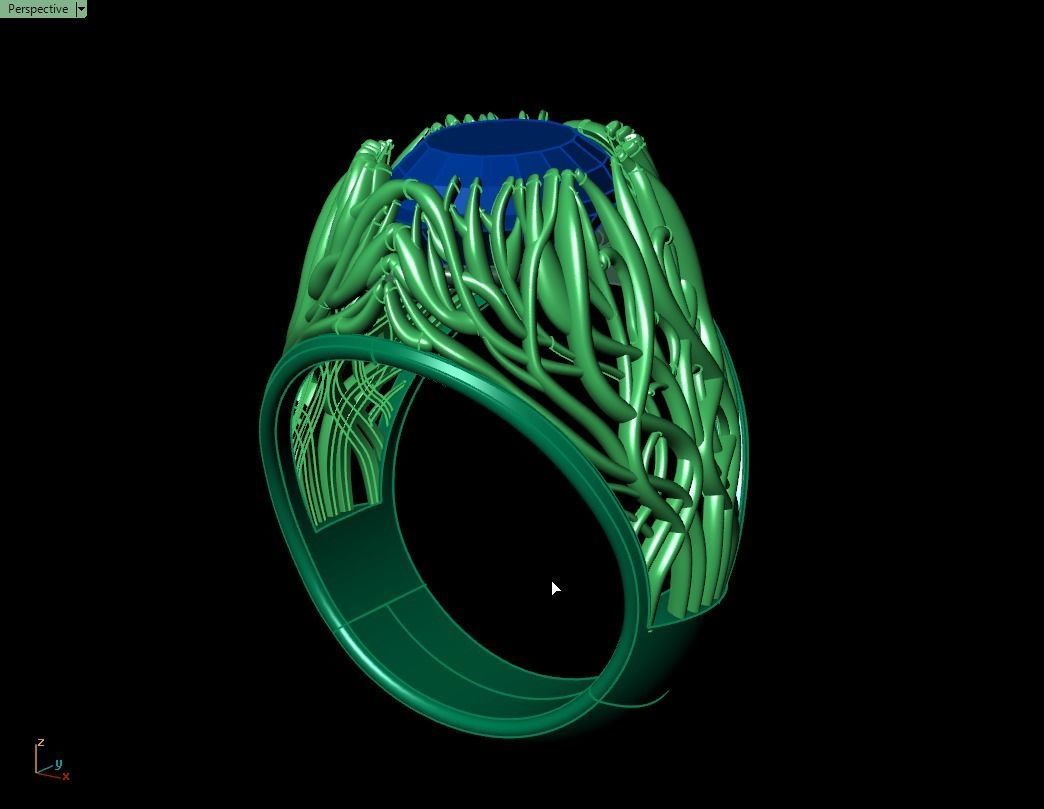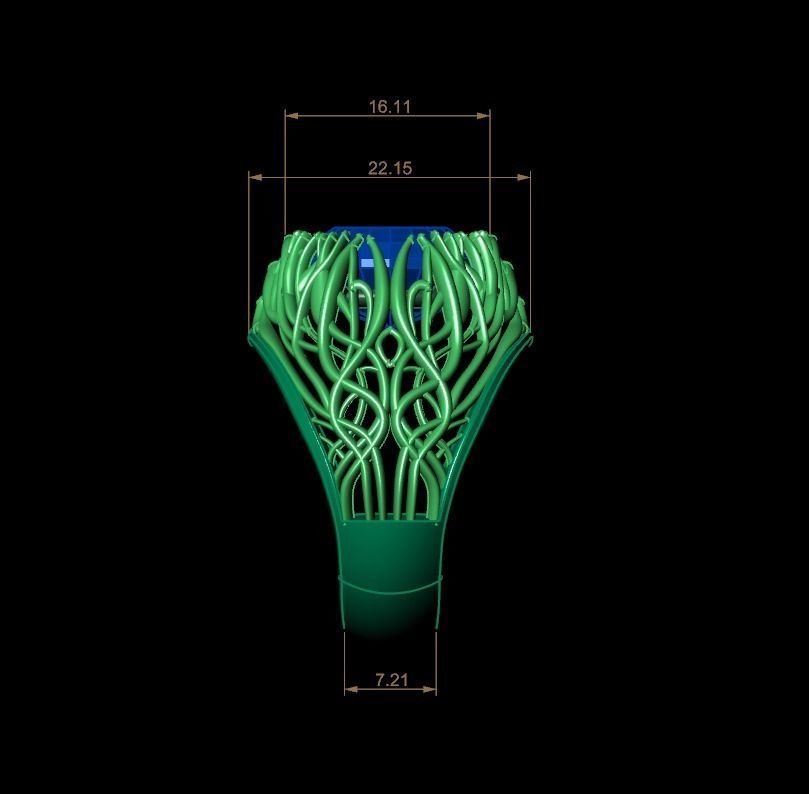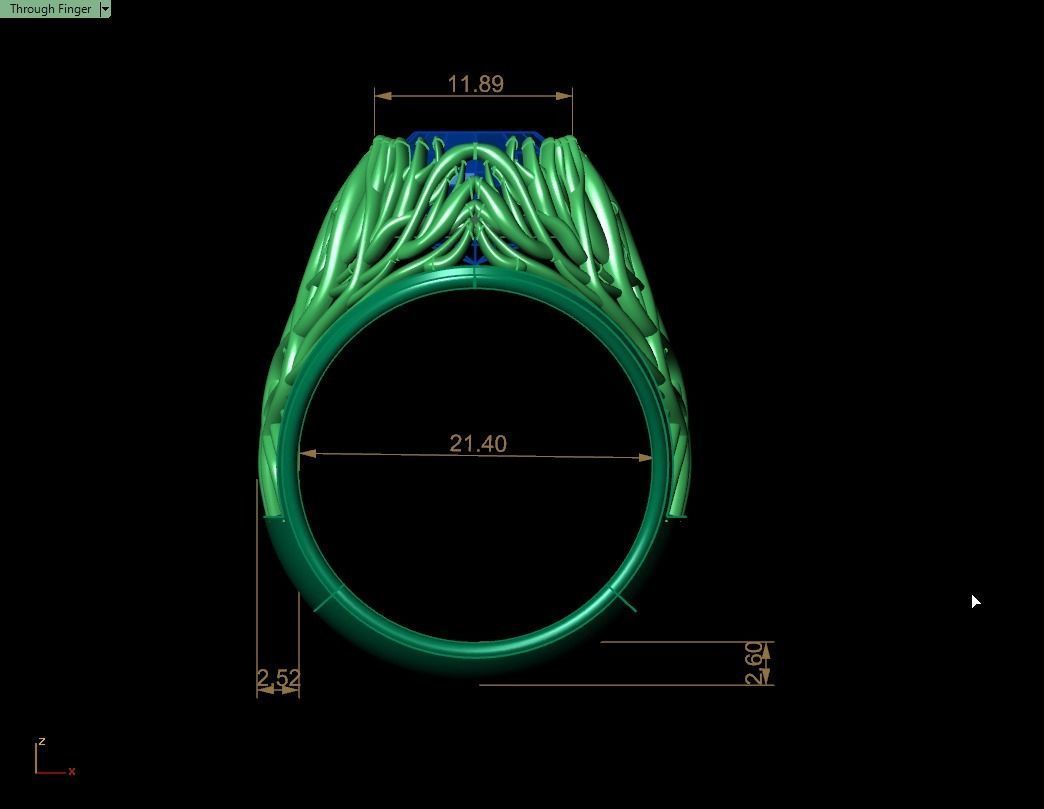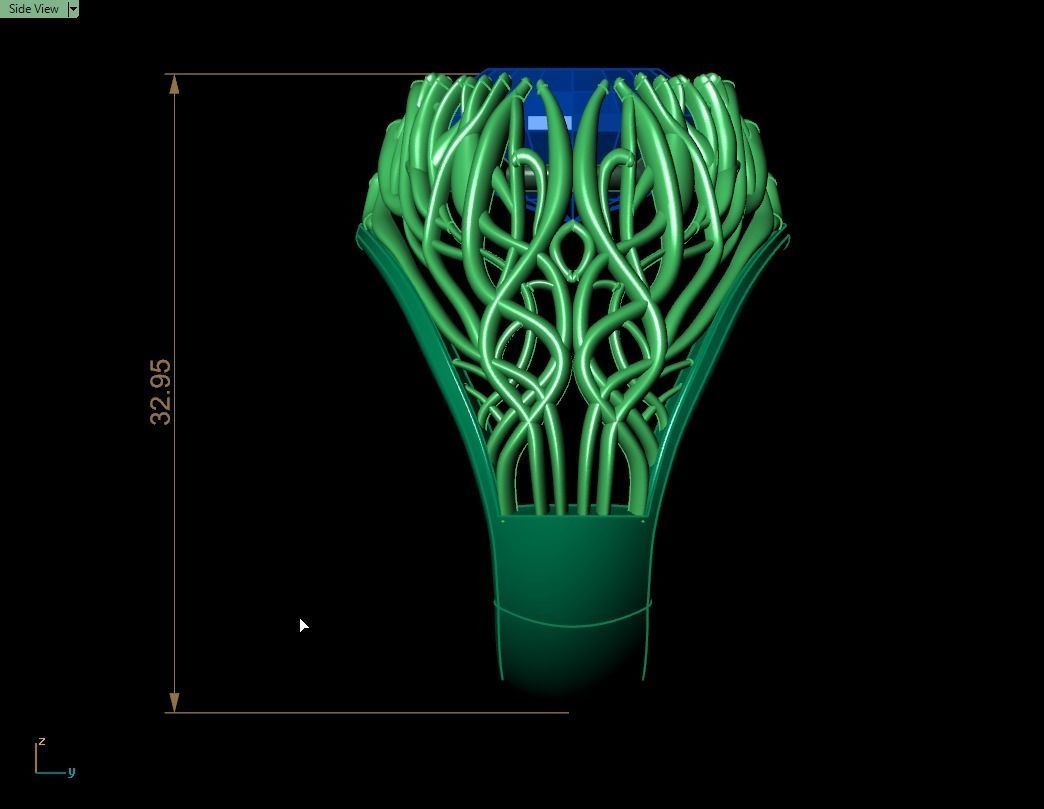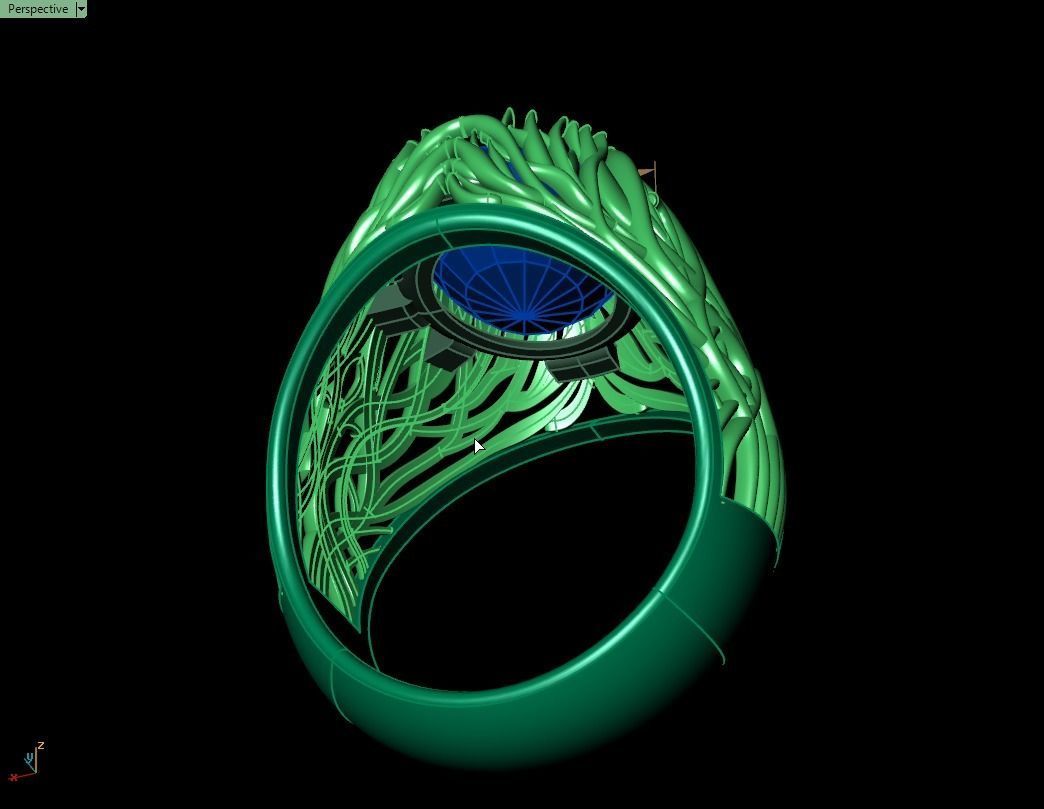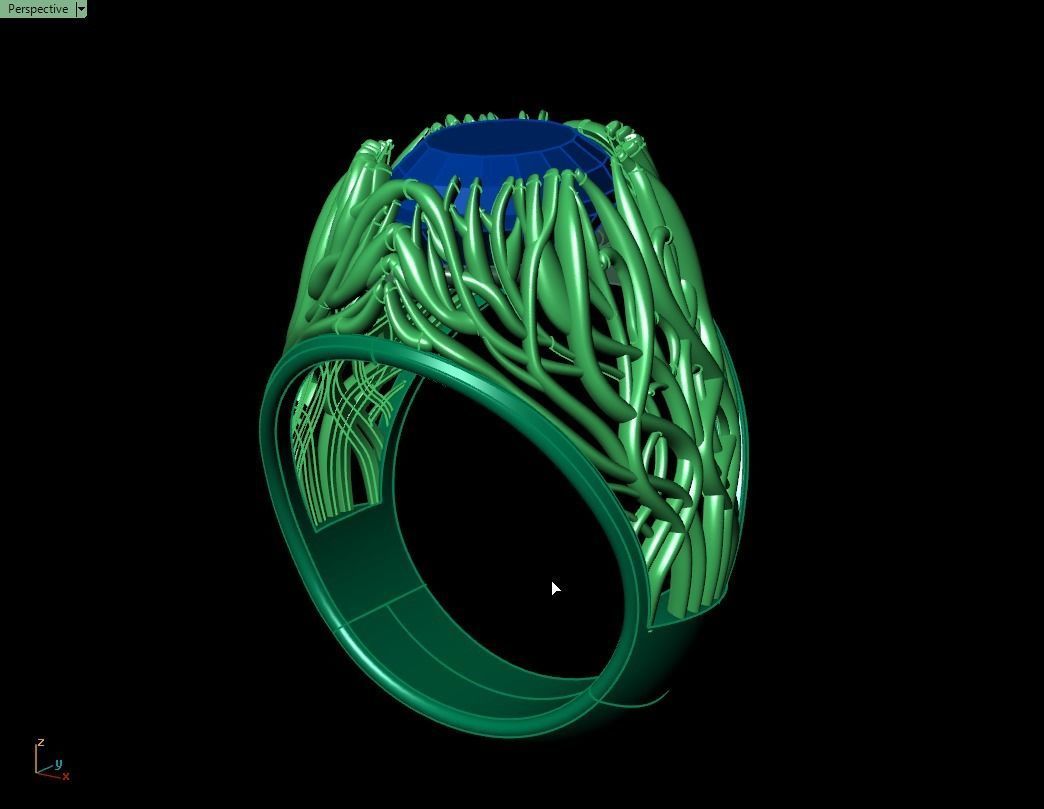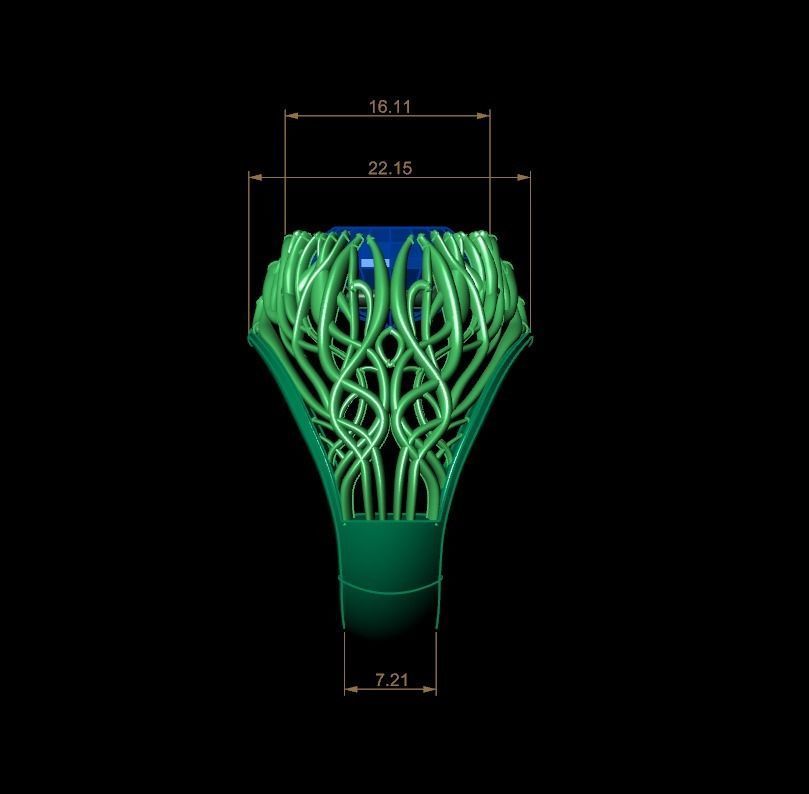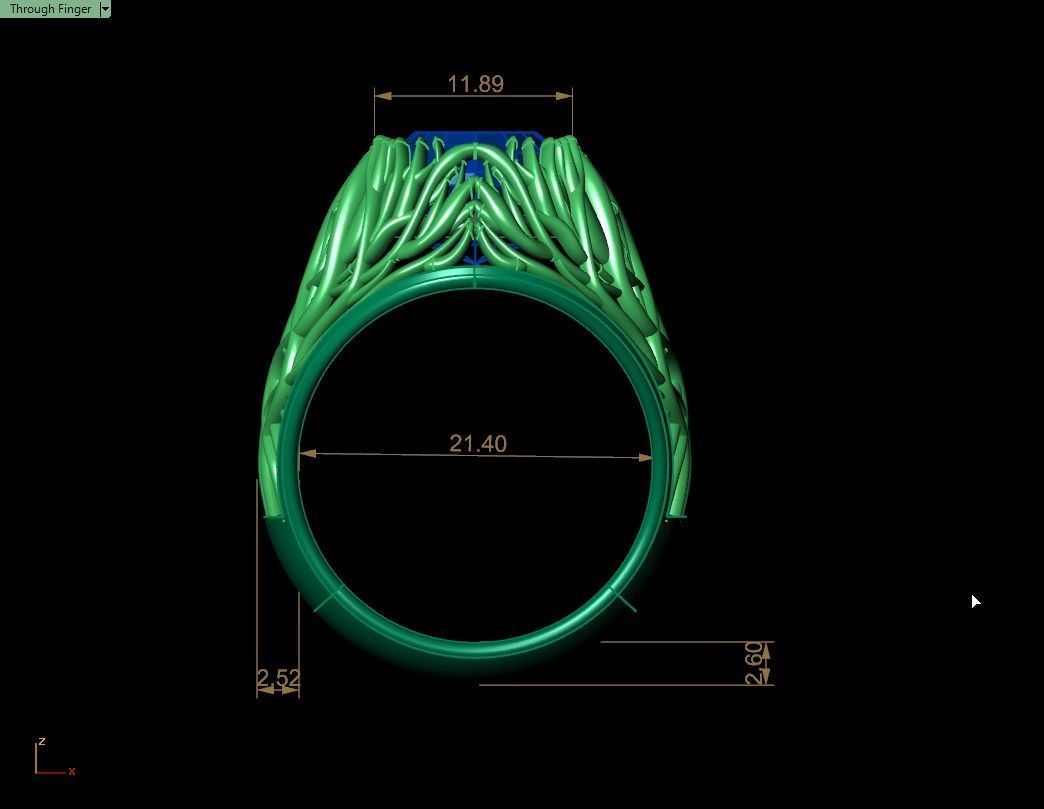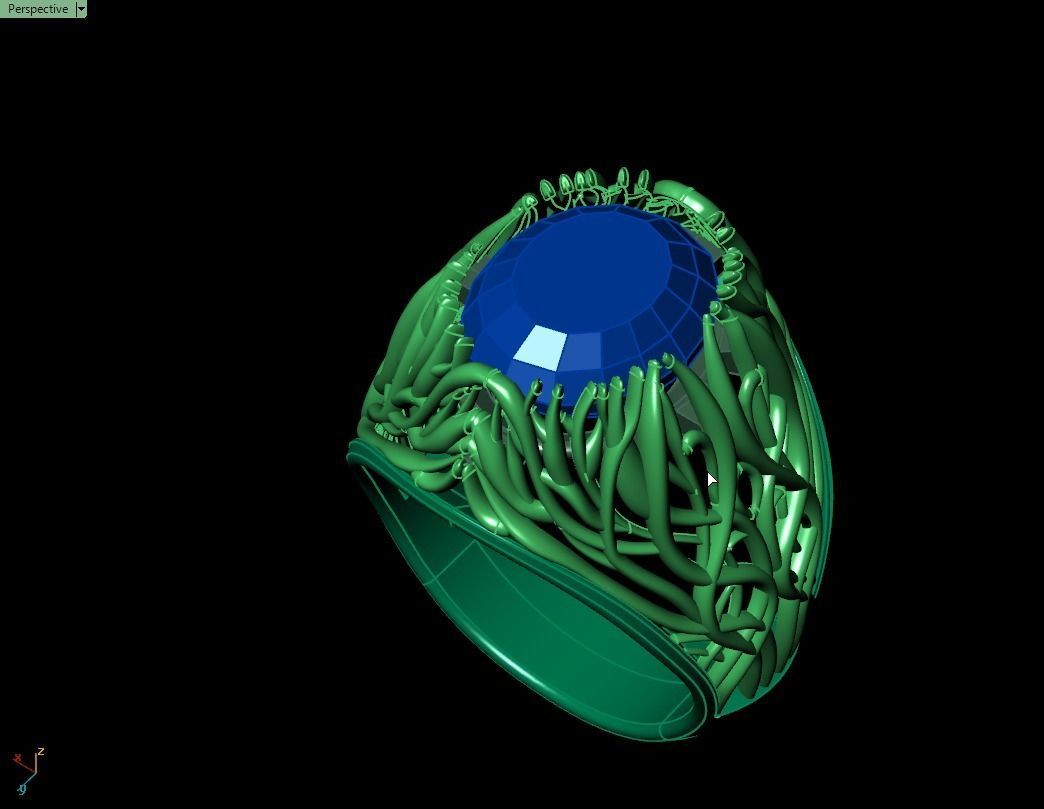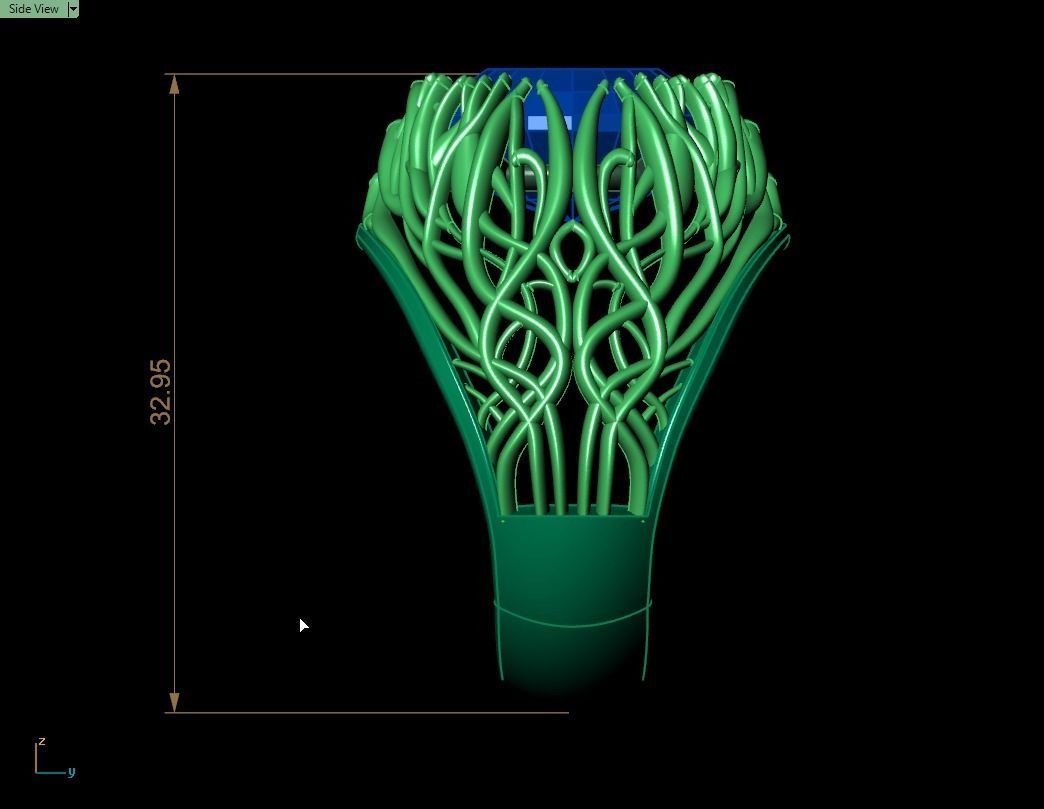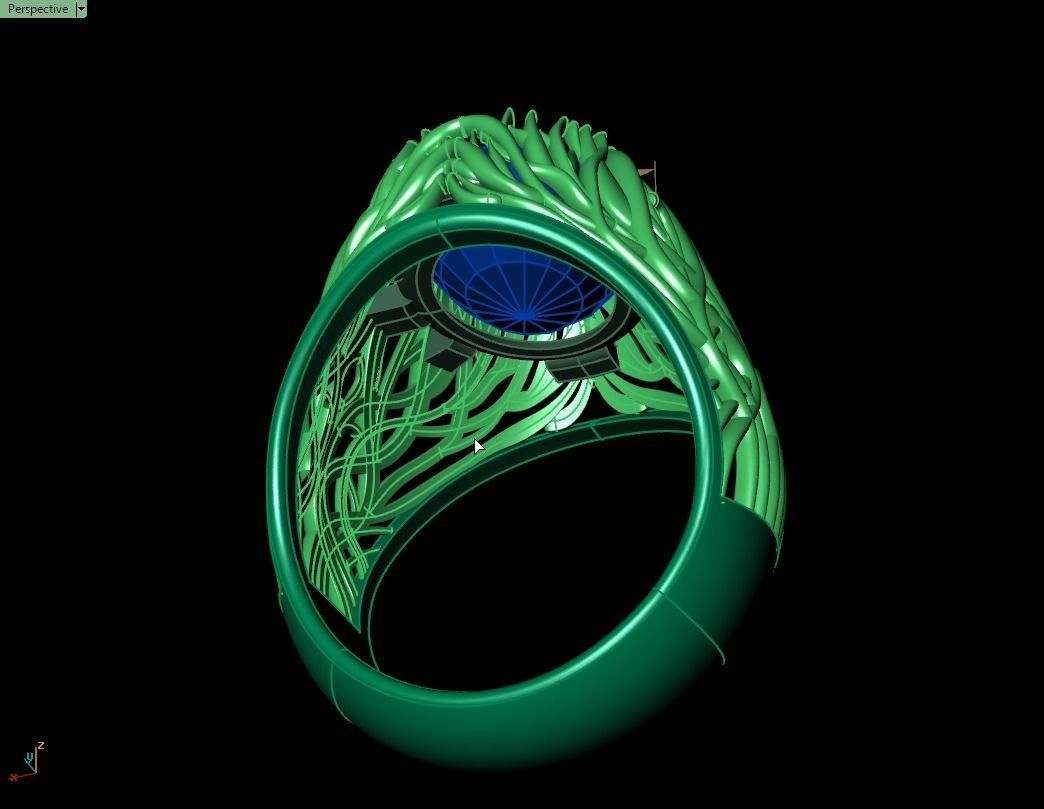
nature ring 3D print model
ile format: st l, 3ds ,3dm , fbx , obj , skp , dxf
If you want to reduce the dimensions of the model, I will be happy to help you
STL file has been fixed and ready for the print
The 3dm file is not suitable for printing and I just provided it for you to make changes, but the rest of the files are ready to print
If you need to make little changes to this model I'll do it for you no extra charge.
If you have any questions I will be happy to answer them
Thank you for your purchase ondenserOn the roofs above our heads, on garden walls, and in cracks in the pavement; mosses are growing all around us.
Often overlooked, these tiny plants have incredible properties. From hot deserts to damp caves, they can survive in extreme conditions and play an important role in biodiverse habitats across the world.
- They're ancient plantsMosses are non-flowering plants which produce spores and have stems and leaves, but don't have true roots.
Mosses, and their cousins liverworts and hornworts, are classified as Bryophyta (bryophytes) in the plant kingdom.
They date back 450 million years, and have survived and thrived through a range of drastic climate changes.
Comprised of 15,000 – 25,000 species, they occur on every continent and in every ecosystem habitable by plants that use sunlight for energy.
Among the world of plants, the bryophytes are the second most diverse group exceeded only by the angiosperms, the flowering plants (350,000 species).
- They don’t have rootsUnlike most other plants, mosses don’t have roots.
Instead they have rhizoids, which are small hairlike structures. Their main function is anchoring the plant to rock, bark or soil.
So without roots, some moss suck nutrients up through the rhizoids and others draw in moisture and minerals from rain and the water around them through their highly absorbent surfaces.
- They're tougher than they look Mosses grow in many different environments, from cold snowy mountains to baking hot deserts.
Because of their range of adaptations, they are able to occupy areas that are otherwise uninhabitable such as rocky ledges on mountainsides.
Different species have adapted to survive in extreme conditions. Studies have shown that the lowest temperature they can photosynthesise (turn energy from sunlight into food) is around -15ºC and the highest is around 40ºC.
In hot environments like prairies or deserts, one way that mosses tolerate heat is by becoming dormant. When they're desiccated (dried out) they can survive heat much better than when they're hydrated.
Some mosses have even been known to survive temperature highs of 100ºC when dried out, and lows of -272ºC. That's a resilient little plant right there.




